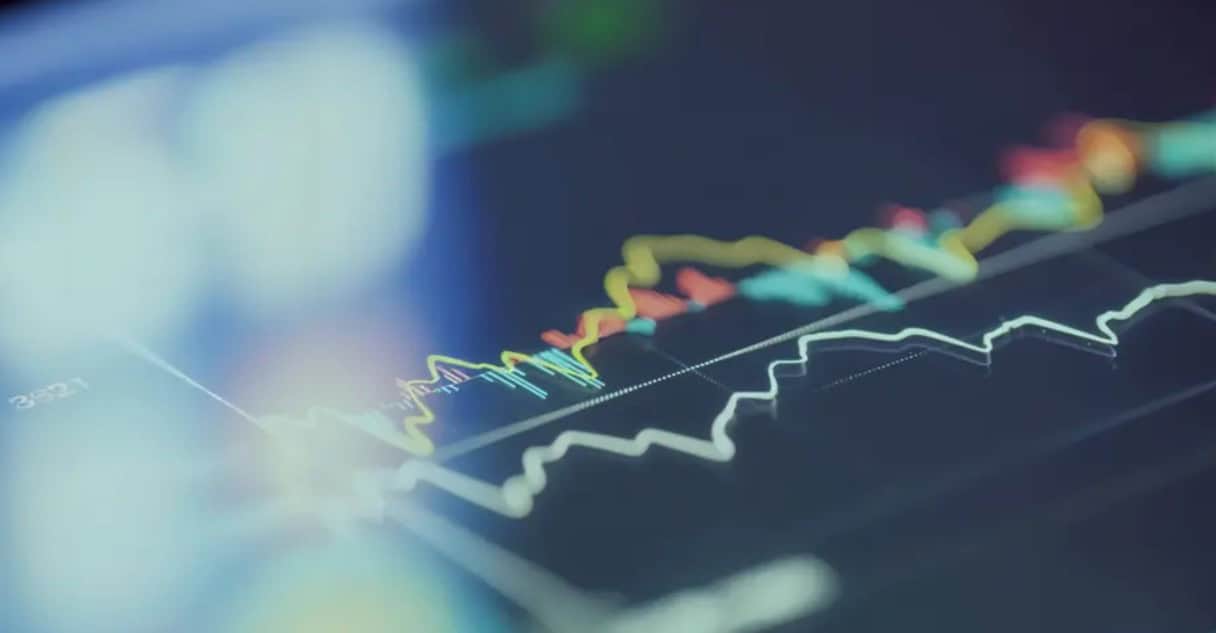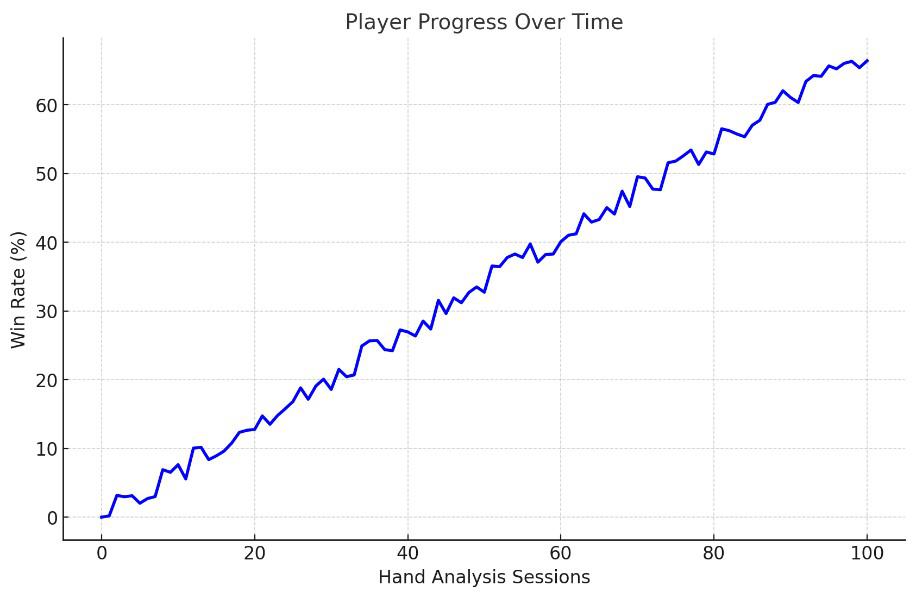
Master poker hand analysis with pro tracking software
Poker is not just a game but rather a battlefield where decisions are everything to the victors and the vanquished. All players would depend on their gut feelings or years of experience, but true pros understand that winning covers just about one thing: analysis. In the world today, poker tracking software will no doubt be the ultimate tool employed by serious players to better their skills.
But how does one use tracking software in the analysis of poker hands like a pro? The step-by-step guide below outlines in detail most of the major steps and features on which one needs to focus, along with professional-level stratagems, to master hand analysis with the best tool available in 2024.
Why hand analysis counts in poker

Every poker hand you play is a learning object-if you could only understand how to learn from it. Hand analysis will give you the capability to find patterns, possibly leak points in your strategy, and improve your decision-making process. The world’s best players just didn’t get that status out of coincidence; they studied their hands relentlessly.
It automates data collection, report generation, and brings to your feet the insights that would have otherwise passed your nose. If you will, tracking software is like having a personal poker coach, except it never needs to sleep.
Getting started: selecting your tracking software
Before you start with any sort of analysis, you’ll need the right tools. Fortunately, it’s possible to find modern tracking software to suit almost every budget and level of expertise. Here’s what to look for when selecting your software:
- Things to look out for:
- Hand history import: this is an automatic import of all your hands from supported sites.
- Stat tracking: keeps track of key performance metrics such as VPIP (voluntarily put money in pot), PFR (pre-flop raise), and C-bet percentage.
- Graphing tools: graphing of wins, losses, and all other phenomena in graphic detail.
- Opponent analysis: profiles opponents’ in-game style to inform in-game strategy adjustments.
- Custom reporting: create application-specific reports by focusing on particular game genres or types.
- Most used poker tracking tools:
- PokerTracker 4 leads the industry in advanced reporting and HUD.
- Hold’em Manager 3 – perfect for multi-table play and deep complex hand analysis.
- Hand2Note: powerful, deep in its statistical capabilities, and GTO reports.
How to manually analyze poker hands like a pro

With the right software in place, now we get to the actual process of doing hand analysis. Here is how every serious player does it:
Step 1: review hand histories immediately after a session
Consistency is key. Upload your hand histories after every session and start reviewing the important moments: big pots and crucial all-ins.
What to watch for:
- Did you play your strong hands too passively?
- Were there any possible bluffs overlooked?
- Did you pay off a river bet when you should have folded?
Step 2: examine key indicators using HUD stats
Your HUD provides real-time statistics on yourself and your opponents. Focus on these key stats:
- VPIP: it is a measure of how frequently he or she voluntarily puts money into the pot.
- PFR: the percentage of times a player raises before the flop.
- 3-bet percentage: frequency of aggressive pre-flop plays.
- Continuation bet frequency: how often a player follows up their aggression on the flop.
Pro tip: compare your statistics to those of the winners to see where you come up short.
Advanced palmistry-palm reading techniques
If you want to play at a professional level, basic hand reviews will simply not cut it. Go deeper with the following advanced methods:
- Range analysis:
Range assignment refers to assuming what hands your opponents could have in certain situations, then using tracking software to filter situations where opponents showed down hands and compare them to your assumptions.
Example:
When he’s raising on the button, find similar hands that he showed down. Does he raise wide here, or does he raise with only his best hands? Your defense should change accordingly. - Evaluating post-flop play:
Most of the money is lost by the players due to making incorrect decisions. Analyze common post-flop spots, focusing on:- Continuation bet: are you betting too much-or too little?
- Check-raising: do you miss the most important moments of applying pressure?
- Aggression factor: river calls and bluffs. Are you calling too many heroes or folding too much?
- Calculating equity:
Use poker tracking software with built-in equity calculators to see how often your hands should win against an opponent’s likely range. This insight helps refine your betting strategy in future game
Hand analysis: common mistakes to avoid
Even with better software, most players make the following common mistakes when it comes to hand reviewing:
- Results-oriented thinking: never judge a play by its result. You didn’t play a hand well just because you won it – and you didn’t play a hand badly just because you lost it.
- Confirmation bias: do not try to look for the evidence that supports only what is considered true of your play style. Be objective.
- Data overload: commentate the most relevant hands, not every small pot. Sometimes less is more; quality over quantity.
Success translated by hand analysis

Proper hand analysis isn’t just about fixing mistakes-it’s about building a deep understanding of how the game evolves over time. By analyzing hands regularly, you’ll:
- Improvement in your decision-making: being confident in folding, raising, and going all-in.
- Identify opponent weaknesses: tracking opponents’ habits allows you to exploit them.
- Adjust strategies in real-time: become adaptable, changing tactics based on in-game data.
Future of poker tracking software
As poker tracking technology continues to improve, there’s even more to expect from future years. Some future additions could be:
- AI-powered insights: AI-driven reviews for personalized coaching.
- Power to visual analytics: interactive data visualization by “default”.
- Real-time assistants: give real strategic advice and may be ruled legal in practice environments but prohibited in live play.
Conclusion: take your poker game to the next level
Hand analysis has always been the secret assault behind how great a pro was at playing poker. With today’s tracking software, you have at your fingertips what used to belong to only a few elite pros – to analyze hands, track your progress, and outmaneuver your opponents.
Remember: in poker, knowledge is power-and with data-driven analysis, you’ll be the smartest player at the table.
